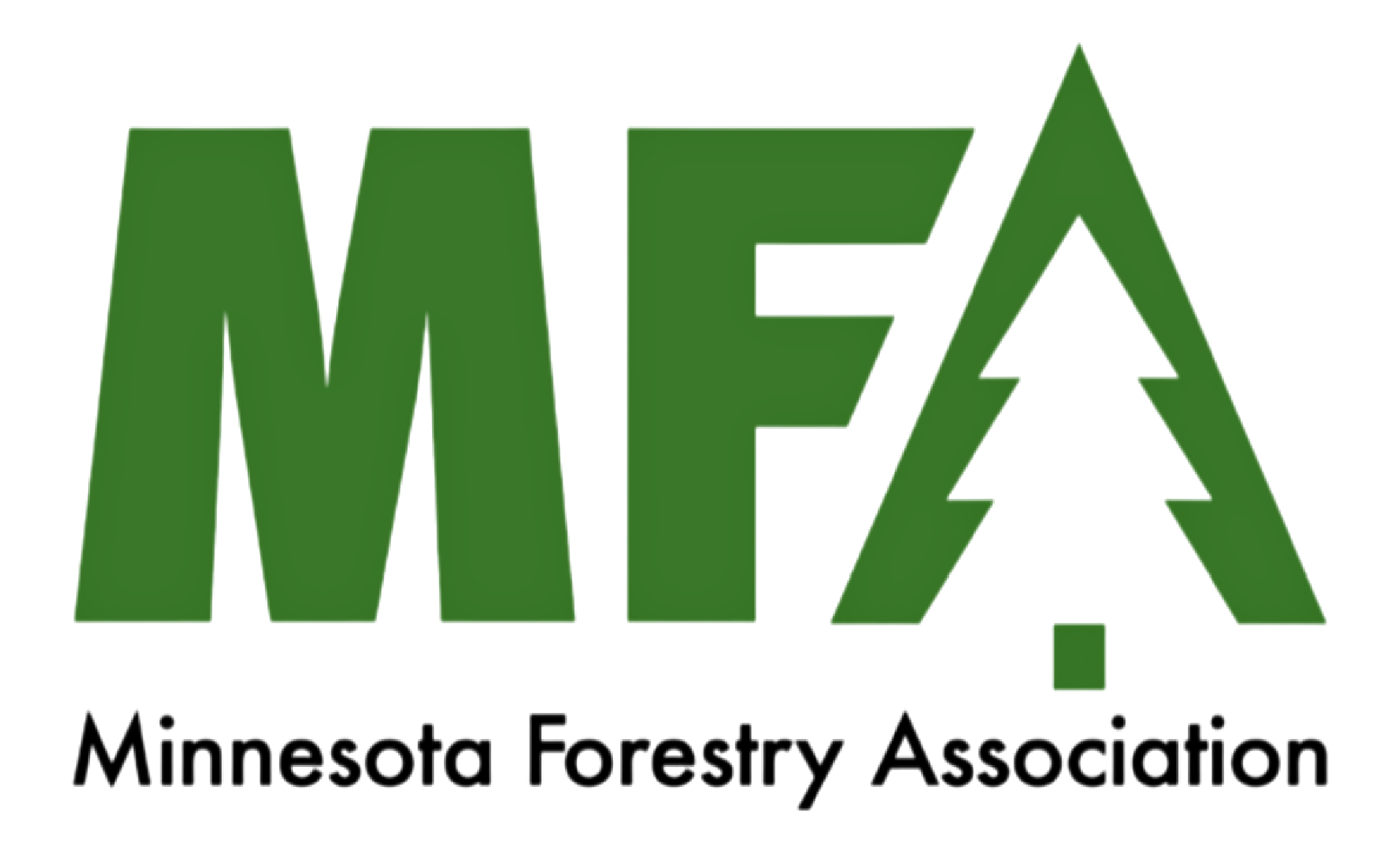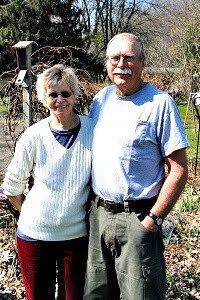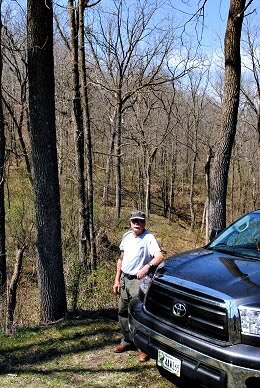MFA member Nick Gulden is quick to acknowledge that he was blessed to follow his childhood interest in nature into a career as a DNR Wildlife Manager, using his skills and education primarily in southeastern Minnesota. Since retiring in 2002, he continues to apply his passion for the outdoors to his own little corner of Minnesota — 81 acres of mixed hardwoods and bluff prairie overlooking the Mississippi River near Minneiska. He’s come full circle, starting out and ending on land near a river.
“I spent much of my childhood in the outdoors exploring fields and forests, or fishing on the Cottonwood River near our home in New Ulm. I was fascinated by bugs and butterflies, and when it came time to decide on a career, I thought about either entomology or forestry.” Gulden eventually decided on fish and wildlife management and graduated with a BS degree from the University of Minnesota in fall of 1961. Prior to graduating, however, he found the other major piece of his life’s puzzle near the wetlands of central Minnesota.
“After my first year of college, I was hired for the summer by the Minnesota Conservation Department to assist in surveying wetlands, including those involved in a duck study area near Fergus Falls. One weekend, a member of a duck banding crew also working in the area, unexpectedly had to head home to the Cities and asked me to stand in for him on a date he had lined up for the weekend. I said I might, but I wasn’t going to go on a blind date! We went for a root beer at the A&W where Geri worked at so I could see what I was getting into. We ended up eloping a year later.”
After a short stint in fishery research at Yankton, SD, Gulden was hired by the DNR for a position in the Rochester area where he spent a lot of time working with the giant Canada goose population. Eventually, he was promoted and moved to the Twin Cities, living there from 1966-69, but desk work didn’t sit well with him. “I didn’t like office work or the crowds, so I took a voluntary demotion…best career move I ever made.” The Guldens and their three children settled in Winona where Nick worked as the Area Wildlife Manager. Over the years, he was involved in several significant projects for the state.
“When I first moved here, there really wasn’t much of a deer population and hunting was pretty poor. Following the implementation of special deer regulations in the early 70's, we increased that harvest five-fold. I worked to procure public hunting lands, including the 3,000 acre Mc Carthy Lake WMA in Wabasha county. We paid $17/acre for swamp land, $25 for woodland, $75 for pasture and $100 for cropland back in the early 60's!”
Gulden was also involved in the original release of turkeys in Minnesota in the late 60's and early 70’s. “The initial release involving the Merriams subspecies from western South Dakota eventually failed, but when we obtained the Eastern subspecies from Missouri, they really took off. I also spent time trapping, or more accurately, trying to trap, ruffed grouse in an exchange program with Missouri. They’re not easy to trap!”
Today, Gulden can most often be found working on the land he purchased in 1984. “I always wanted to manage my own land for wildlife.” One of the first things he did was build access roads through a cost share program. The steep country would be hard to manage without them. “Quite a bit of our land has a 45 degree slope, so there’s more like 1 1/2 acres of surface area per one acre. We’ve put in 1.7 miles of roads and trails that require a lot of maintenance.” A shed is the only structure on the property, housing the DR brush cutter, grader and log splitter, and other tools that Nick uses on the property. “I do a lot of pruning and cutting to release trees and eliminate undesirable growth, including over 55,000 buckthorn”. Most of the land had been farmed or was in pasture from the previous owners, while the rest is hardwoods.
“When I first retired, I spent almost every day up here. Geri loves to walk in the woods and look for morels or wild raspberries, and the kids have all helped in one way or another. Besides the road work, we planted white spruce for Christmas trees, but we really didn’t pursue that too far. I also planted red and white oak, ash and sugar maple, but it’s been a challenge since this is prime deer habitat. The previous owner planted black walnut in the 60’s, some of which have become beautiful trees, while others haven’t done well because of poor site placement.” In addition to planting trees, Nick planted native prairie grasses in two different open fields with help from the US Fish and Wildlife Service.
The Gulden’s have held three different timber sales, the first one in the late 80’s for oak veneer and railroad ties, followed by a salvage sale of black walnut after a big wind damaged the trees in 1998. The last was a large sale in ’07, harvesting 40 walnut that produced 9,000 board feet at $2.51/board ft., and 20 oaks that produced 6,400 board feet at $0.38. “I had done some forest cruising and written up management plans before, but because I was dealing with high value walnut, I didn’t feel like I knew enough to handle the sale myself. I didn’t hesitate to go to DNR Forestry to do it. A private forester would have worked out fine, but I felt comfortable with these guys because I had worked with them.” Other projects included 3 aspen regeneration cuts for ruffed grouse, and planting high-bush cranberries which are highly relished by wildlife.
The entire 81 acres is now enrolled in the Minnesota Land Trust, establishing a conservation easement and ensuring that the property will be free of certain types of development. “Once Geri and I decided we didn’t want to build our own home there, we knew that we wanted to preserve this land as it is now. We’re very happy with the program. It really hasn’t restricted me; I still follow a normal management plan, but now I know it will be protected from development and subdividing.” The property is also enrolled in the SFIA program, and in 2007, Nick received the Wabasha Co, SWCD “Woodland Manager of the Year” award.
Ultimately, Nick and Geri hope that the land will remain much as it is today and eventually pass on to the next generation. “Our son, grandson and nephew enjoy hunting out here. It would be wonderful to keep it in the family. I’m not going to be the one that reaps the benefits of good stewardship on this land. You do it for the enjoyment of working with God’s creation, and for passing it on to the next generation, hopefully in a little better shape than you found it.”



